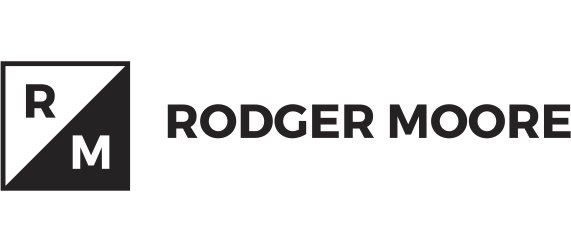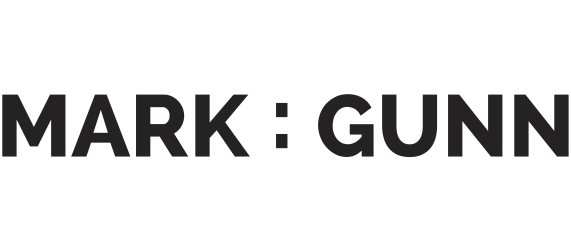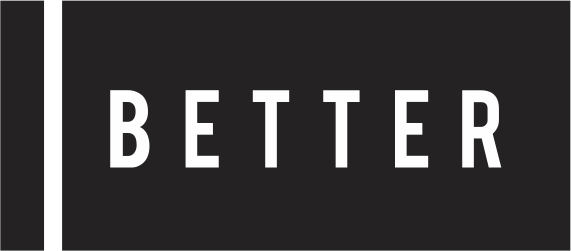
The Future of Digital Marketing: Preparing for a Cookie-Less World in 2025
As we move towards 2025, the digital marketing landscape is undergoing a monumental shift: the
Unlock the potential of your business with our comprehensive SEO, PPC, SMM, and Content Writing services. UpRango specializes in Digital Marketing Services to drive growth and increase your revenue.

Specialist Expert
Leads Generated
In-depth analysis to identify market trends and target audience.
Enhancing your website's performance for better search rankings.
Building a strong online presence to enhance your brand’s identity.
Driving immediate, high-quality leads to boost your sales and growth.


At UpRango, we specialize in comprehensive Digital Marketing services tailored to elevate your business. Based in India, we serve clients in the USA, Canada, UK, and Australia. Our expertise spans Search Engine Optimization (SEO), Social Media Marketing (SMM), Pay Per Click (PPC), Content Writing, Shopify Marketing, and HubSpot Inbound Marketing.
Boost your online visibility with our tailored SEO strategies, designed to improve your search engine rankings and drive organic traffic to your site.
Engage and grow your audience on platforms like Facebook, Instagram, and LinkedIn with our targeted social media marketing strategies.
Maximize your ROI with our expertly managed PPC campaigns, driving high-quality traffic and conversions through Google & Facebook Ads.
Enhance your brand's voice and engage your audience with high-quality, SEO-optimized content crafted by our expert writers.
Boost your eCommerce sales with our specialized marketing services, including SEO, PPC, and social media strategies.
Transform your marketing efforts with our HubSpot inbound marketing services, designed to attract, engage, and delight customers.



We are dedicated to delivering measurable results through our innovative digital marketing strategies. Our team of experts provides customized solutions in SEO, PPC, SMM, and content writing, ensuring your business stands out in the competitive online landscape. Trust us to enhance your brand’s visibility, drive quality leads, and achieve your growth goals.
Site Traffic Increase
Organic Traffic Increase
GAds Click Increase










As we move towards 2025, the digital marketing landscape is undergoing a monumental shift: the

Generative Engine Optimization (GEO) is rapidly emerging as a transformative force in the realm of

In today’s competitive online landscape, staying ahead in digital marketing can feel like trying to
Discover how UpRango can boost your online presence and drive growth. Fill out the form to get started with a free consultation from our marketing experts.
At UpRango, we are committed to your digital success. Our team of experts works tirelessly to provide top-notch digital marketing solutions tailored to your business needs.
Follow us on social media to stay updated with the latest trends, tips, and news in digital marketing. Join our community and engage with our experts for valuable insights and updates.